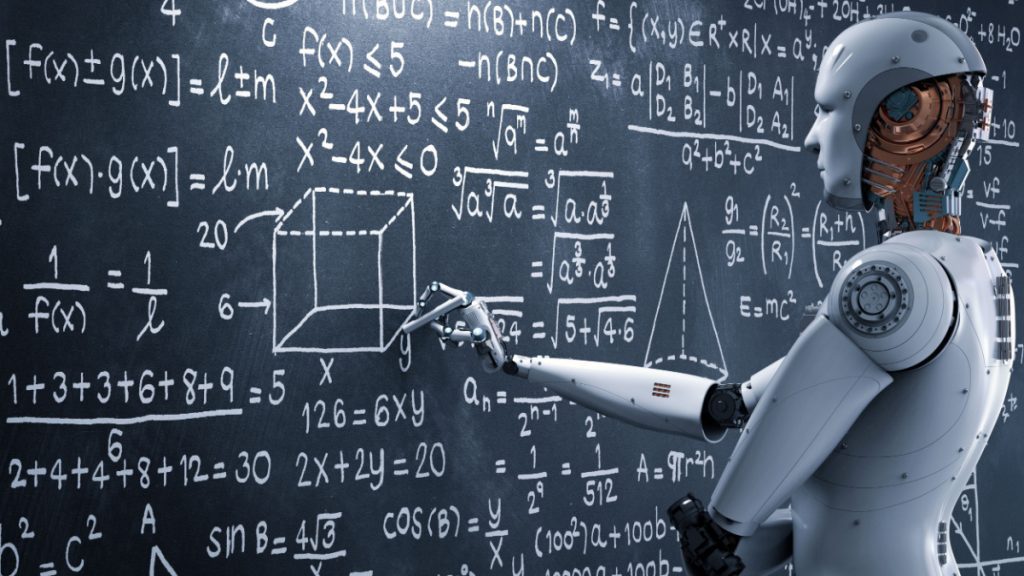Google’s AI Team Breaks Math

Google’s AI team, DeepMind, created FunSearch that leverages Large Language Models (LLMs) to solve a longstanding math puzzle.
- The system discards inaccurate suggestions and retains those with potential, making it a valuable tool for scientific discovery.
- FunSearch relies on an LLM called Codey, fine-tuned computer code, to suggest code solutions for mathematical challenges.
Google’s AI team, DeepMind, has solved one of the unsolvable complex math problems using several large language models (LLMs).
The achievement, detailed in Nature, is the first successful application of LLMs to solve longstanding scientific puzzles.
Traditional LLMs, like Bard or ChatGPT, are known for generating speculative and often incorrect information. However, FunSearch harnesses their creative abilities effectively. And don’t let the name fool you. It’s named as such because it searches for mathematical functions not because it’s fun. Although, I’m sure some mathematicians will disagree on that. It focuses on finding valuable ideas within the output of LLMs. It then discards inaccurate suggestions and retains those with potential.
In other words, the system provides an answer, assesses how accurate it is, and discards it if not found as such.
Previous DeepMind AI tools, like AlphaTensor and AlphaDev, approached math problems as puzzles in games like Go and Chess. FunSearch, however, relies on an LLM called Codey (where’s Zack?), a fine-tuned computer code, to suggest code solutions for mathematical challenges. The method involves an iterative process, where Codey fills in blanks in a Python program, and a second algorithm evaluates and scores the generated solutions.
“Many will be nonsensical, some will be sensible, and a few will be truly inspired,” said Pushmeet Kohli, vice president of research at DeepMind. “You take those truly inspired ones and you say, ‘Okay, take these ones and repeat.’”
Even the researchers were surprised by the AI’s math achievement. One of the research scientists at Google DeepMind, Alhussein Fawzi, said “To be very honest with you, we have hypotheses, but we don’t know exactly why this works. In the beginning of the project, we didn’t know whether this would work at all.” I say don’t question it.
Before we go on here’s a question for you: How many dots can you place on a grid without any three dots forming a straight line? No definitive answer? That’s understandable because it’s unsolvable. Not even mathematicians can agree on how to solve it or what the solution for it is.
But FunSearch provided a correct and previously unknown solution. And I know people like us don’t really care for very niche math and AI achievements. But it has shown promise in solving another dilemma that will change our future. The bin packing problem. In this problem, you have items of different sizes that need to be packed into a specific number of containers of specific capacity. The catch is the final answer needs to have one less container than you initially had.
This is a crucial problem in computer science. Solving it is key for the future of data center management and e-commerce.
LLMs are useful for more than your essays.
Inside Telecom provides you with an extensive list of content covering all aspects of the tech industry. Keep an eye on our Intelligent Tech sections to stay informed and up-to-date with our daily articles.
